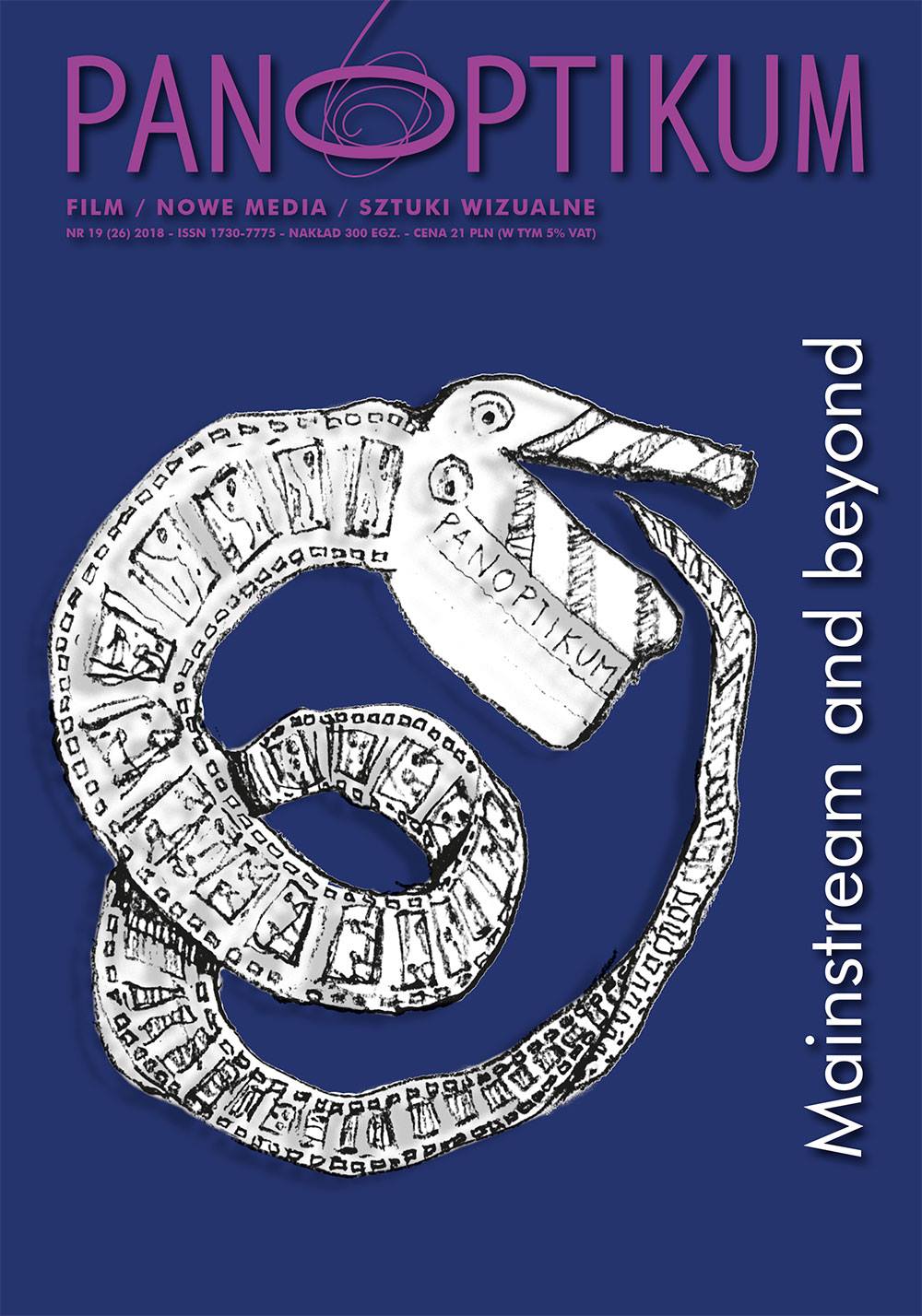Tragic Narrative Strategies in Contemporary American Cinema. Eastwood-Penn-Grey (1995-2001)
DOI:
https://doi.org/10.26881/pan.2018.19.03Słowa kluczowe:
tragic narratives, contemporary American mainstream cinema, aesthetics, psychoanalysis, philosophy of film, narratologyAbstrakt
Tragedies were performed for the first time in ancient Greece between the sixth and fifth century BC. A century later, Aristotle in the Poetics gave his famous definition of tragedy, transforming it into a narrative genre. Our aim is primarily to introduce and analyse some characteristics of the tragic scheme. Three main elements will be taken into consideration. We will see that at the very heart of the tragic narration there is “something” unrepresentable, unbearable and nameless that Lacan, in the VII seminar on ethics, names Das Ding or La Chose, The Thing. After that, we will consider the representation of an ethical power which disputes the traditional and institutionalised order. Thirdly, the presence of sacred forces will be evoked to contextualise the ancien and contemporary tragic narrations in a mythical, pre-logical, pre-textual framework. However, in order to identify any forms of tragic narratives in the contemporary era, a consideration of the medium itself cannot be avoided, as tragedies were shown and affected large crowds of people and had a substantial political role. Cinema is thus revealed to be the most privileged media device to present modern tragic narrations and their typical aesthetic solutions. In this article, we will discuss three examples of tragic narratives in mainstream American cinema from the last three decades. Works by Sean Penn (The Pledge, 2001), James Grey (Little Odessa, 1995) and Clint Eastwood (Midnight in the garden of good and evil, 1997) will be investigated.

 Uniwersyteckie Czasopisma Naukowe
Uniwersyteckie Czasopisma Naukowe









